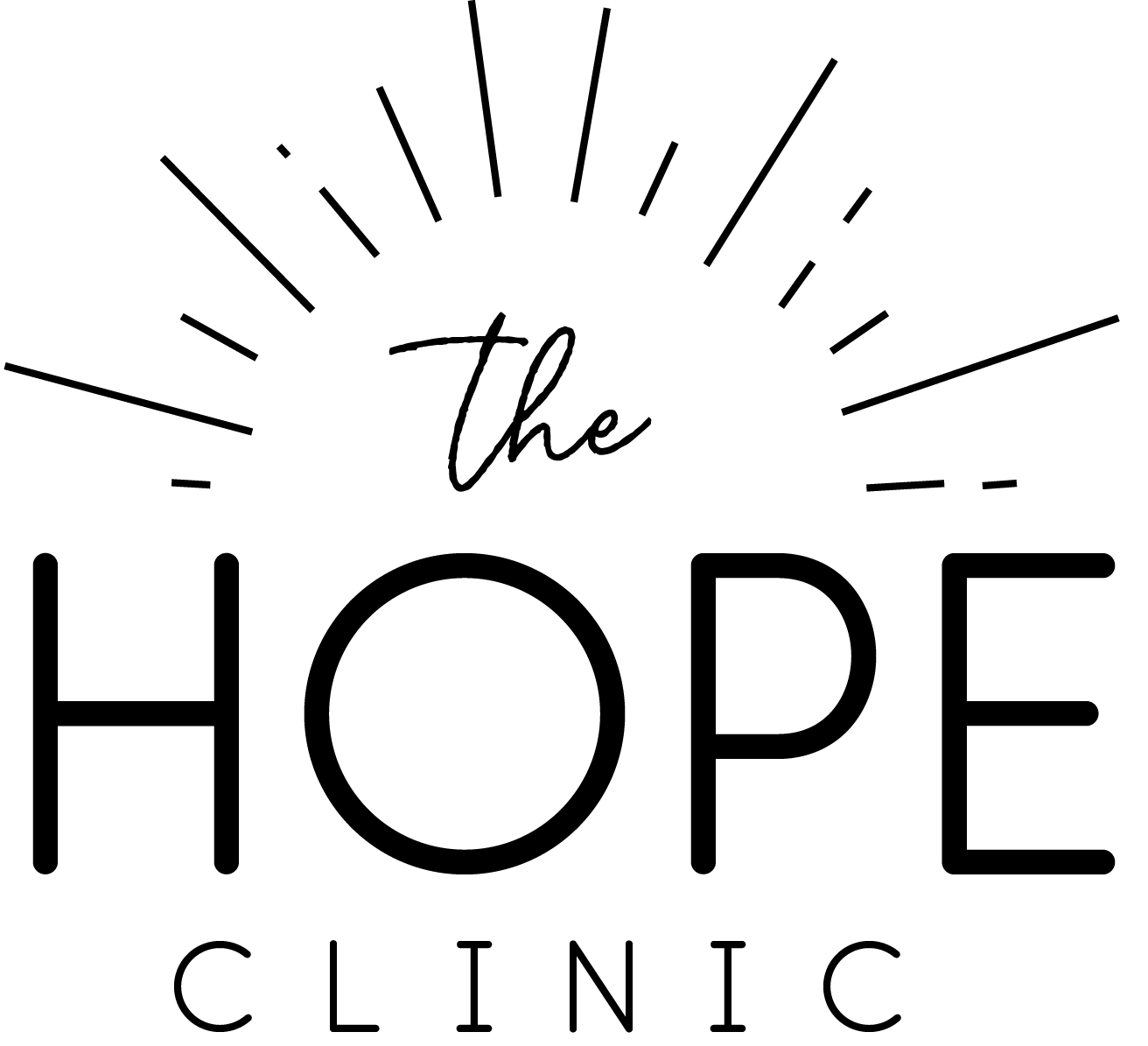Think you won’t get a sexually transmitted disease (STD)? Think again. According to the Center for Disease Control (CDC), young adults age 15 to 24 account for half of all new STD infections. In the United States, there are 20 million new cases of STDs/STIs every year. That’s frightening, isn’t it?
Protect Your Reproductive Health
If you are sexually active, you are at risk of contracting a sexually transmitted disease (STD) or sexually transmitted infection (STI). The best way to stay safe, according to the CDC, is to practice sexual risk avoidance. In other words don’t have any sexual contact with the anus, vagina, or have oral sex while single. Make sure your partner is not infected with an STD by getting tested and remain mutually monogamous (both only having sex with each other).
At this time we are able to test for HIV, Gonorrhea and Chlamydia for both men and women.
The Difference Between an STI and an STD
The most significant difference between an STI and an STD is that an STI is a sexually transmitted infection that does not always have noticeable symptoms. Because there are no immediate recognizable symptoms, you may be giving it or receiving it from any sexual partner without being aware of it.
However, if left untreated, an STI has the potential to develop into an STD (sexually transmitted disease). For example, chlamydia and gonorrhea can turn into Pelvic Inflammatory Disease (PID). The complications of PID include the possible formation of scar tissue both outside and inside the fallopian tubes, an ectopic pregnancy, infertility, or long-term pelvic/abdominal pain. Also, left untreated, STDs can cause an increased risk for getting or giving HPV (Human Papillomavirus).
When You Should Be Tested
If you or your partner have had more than one sex partner at any time, The Hope Clinic recommends that you get tested for STDs immediately. It is possible to get an STD/STI again, even if you were treated before. Women considering abortion need to be tested for STDs to decrease their chances of developing Pelvic Inflammatory Disease (PID). It is also highly likely the disease will be transferred to your baby either before, during, or after birth.
How Are Tests Taken
All STI testing is free of charge and no needles are used. The HIV screening is done using an oral swab test. A positive result to this test would require additional testing at another facility to confirm.
Testing for gonorrhea and chlamydia is done through a urine sample. Unfortunately, women cannot test while on their period and will need to wait until the end of their menstrual cycle. The sample is then sent on to a highly reputable lab for the results. Test results are typically available the following week and a follow-up appointment is required to receive the results. This appointment must take place in person. Positive results to gonorrhea and chlamydia tests can be treated at our sites free of charge.
What To Do Next
If you think you may have an STI or are at risk for having an STI, please schedule an appointment at The Hope Clinic to receive free testing, education and treatment. In order for our nurses to be available to assist you, appointments are best. However walk-ins are also accommodated as time allows. Make sure to allow 30-45 minutes for your appointment.
If you have any questions about specific STIs/STDs, you can find more information here. Our nurses would also be happy to answer any questions you might have.
All services at The Hope Clinic are free of charge and confidential. You can click this link to see a copy of our Notice of Privacy Practices.
